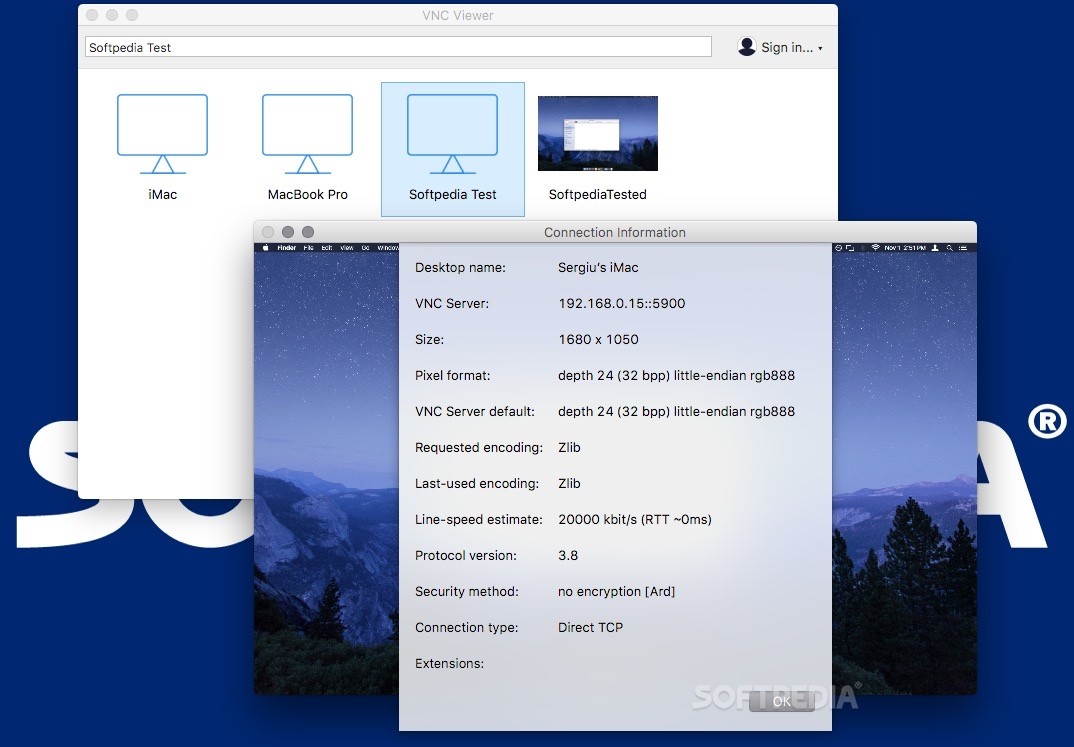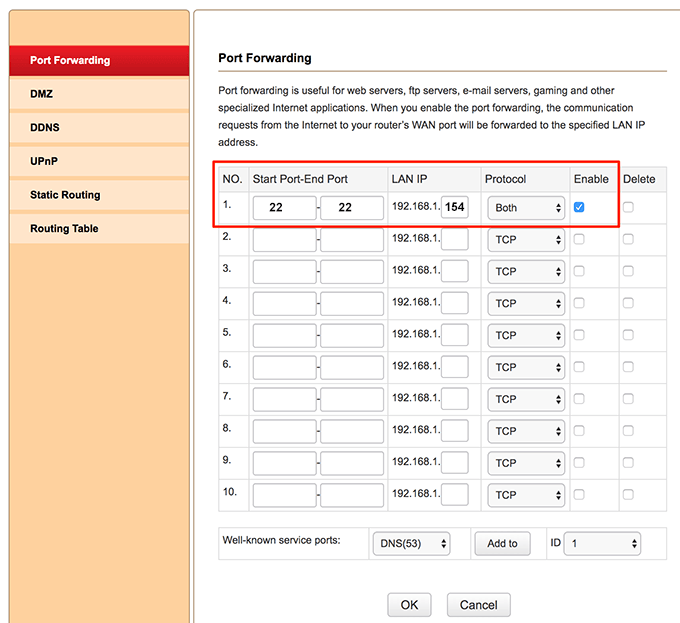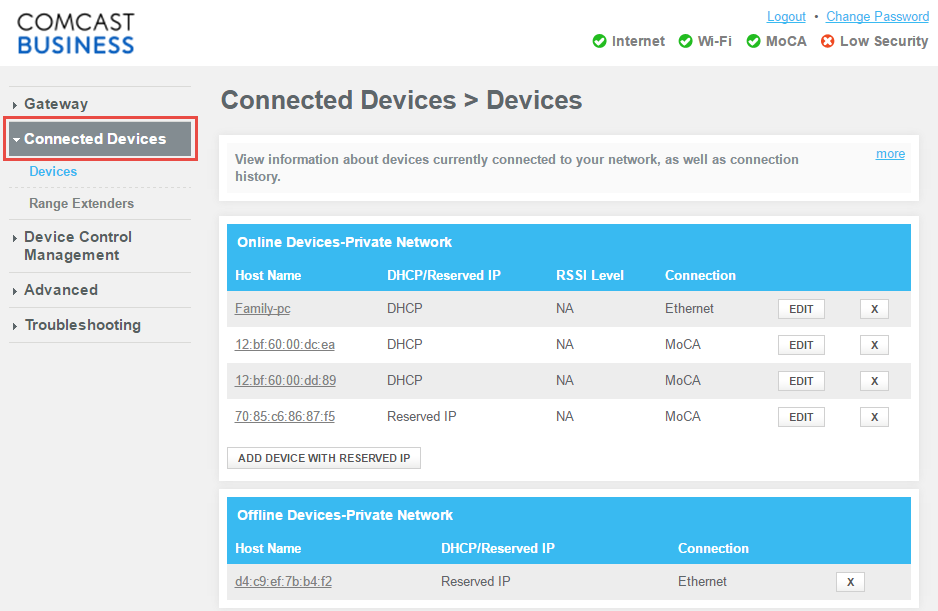
- Remote desktop connection mac port forwarding mac os x#
- Remote desktop connection mac port forwarding windows#
The authenticity of host 'hostname (12.345.67.890)' can't be established. The first time the SSH tunnel is established you’ll be prompted with: The sleep option will not work when the -N option is included in the ssh command as this option disables remote commands. Sleep 60 will terminate the tunnel after the allotted time, in this case 60 seconds, but only if there’s no active connection. My example uses two port:host:hostport parameters each proceeded by the -L option. Using a privileged port, 1024 or below, on the local computer requires the use of sudo. For information on assigning a static hostname to a dynamic IP address see Resolving a Static Hostname to a Dynamic IP Address Using DynDNS Free.ġ5548:127.0.0.1:548 is the port:host:hostport parameter where port is the port on the local computer to be forwarded to the given port on the remote computer, host is the localhost on the remote computer and hostport is the port on the remote computer. Hostname is the remote computer’s IP address or name. User is the login name on the remote computer.
Remote desktop connection mac port forwarding mac os x#
To create the SSH tunnel using the Mac OS X Terminal application open Terminal in the /Applications/Utilities/ folder on the local computer. Using Mac OS X Terminal to Establish the SSH Tunnel Perryg Site Moderator Posts: 34373 Joined: 6.5. One last thing, if you go the host-only route you can still use an additional adapter set to NAT to be able to get to the Internet, but it is not needed if you select Bridged. Have you read chapter 6 of your VirtualBox users manual? This explains the different connection types. Like I said if you want/need to access the TS you must use Bridged or Host-Only. The reason for this is so people without a router can still access the Internet.

Remote to the desktop, not another remote service. They have a special RDP they call vRDP which allows you to remote to the desktop but it is just that. VirtualBox NAT is uses to segregate the address scheme so you can use the hosts LAN connection as ICS (Internet Connection Sharing) and not interfere with the local LAN. (why not?)īecause the host is not in the VirtualBox NAT. Ideally, as stated in the original question, I want to connect to Terminal Services in the guest OS, but appearently this is not possible when using NAT. I've added another Port Forwarding rule that takes traffic from 127.0.0.1:8000 and forwards it to 10.0.2.15:80 - and this works perfectly. Just to narrow it down, this is only related to Remote Desktop. So it's something with the Port Forwarding that I either do not understand, or it simply does not work.Īnybody else experience this? Any suggestions? If I set the Network interface to Bridge, I can easily connect to the assigned IP. I then try to connect to 127.0.0.1, but I never get to the authentication screen. For example I've added a Port Forwarding rule, with Host address: 127.0.0.1, Port number: 3389, Destination IP: 10.0.2.15, Destination Port: 3389. The assigned IP is 10.0.2.15 and I've tried a number of ways to connect - including both the setting 'Enable Remote Display' in VirtualBox and the Port Foward settings. Problem is I cannot connect to Windoes Remote Desktop in this scenario.



Remote desktop connection mac port forwarding windows#
I've set up a Windows Server 2008 in VirtualBox on my Mac, and I want it to be on a NAT interface.


 0 kommentar(er)
0 kommentar(er)
